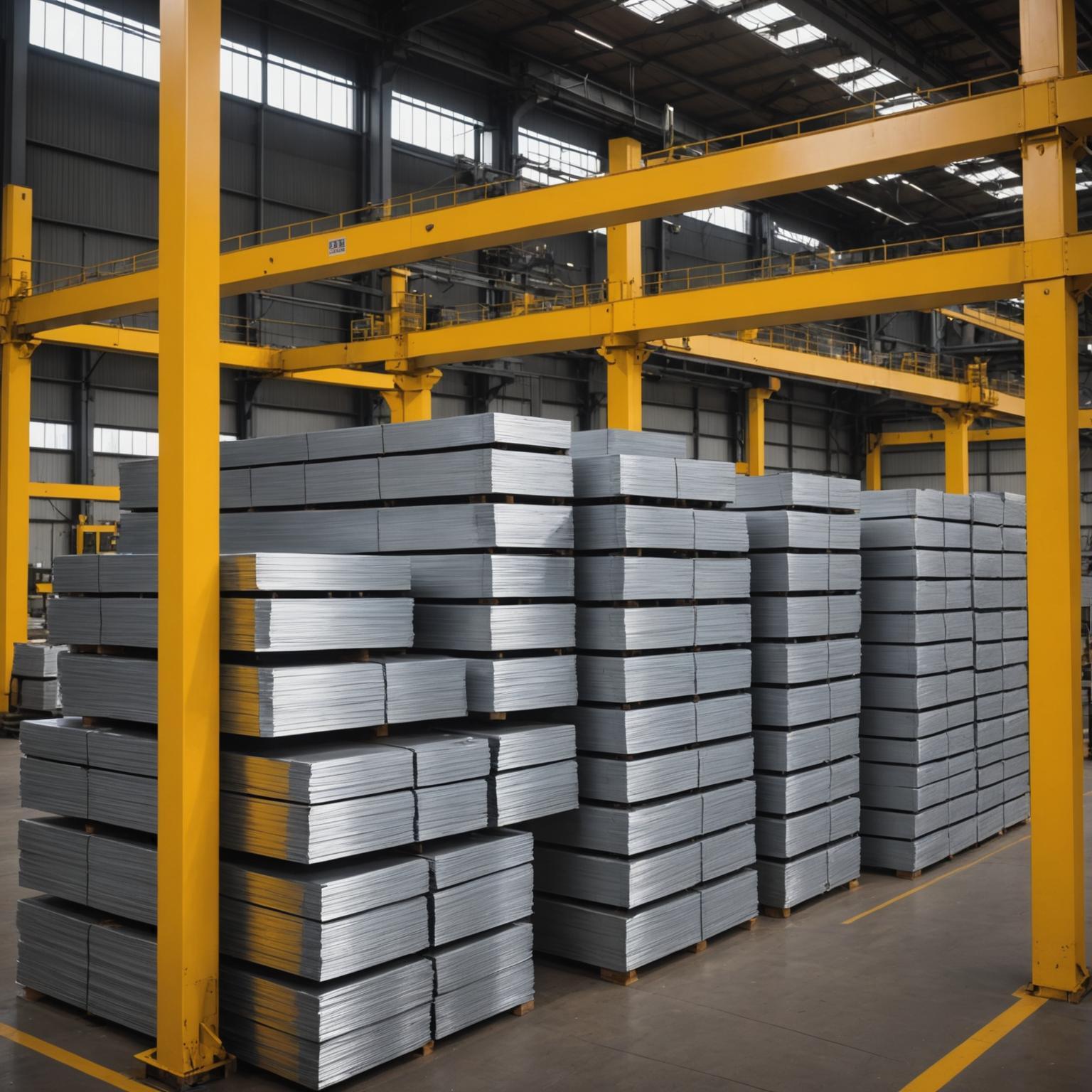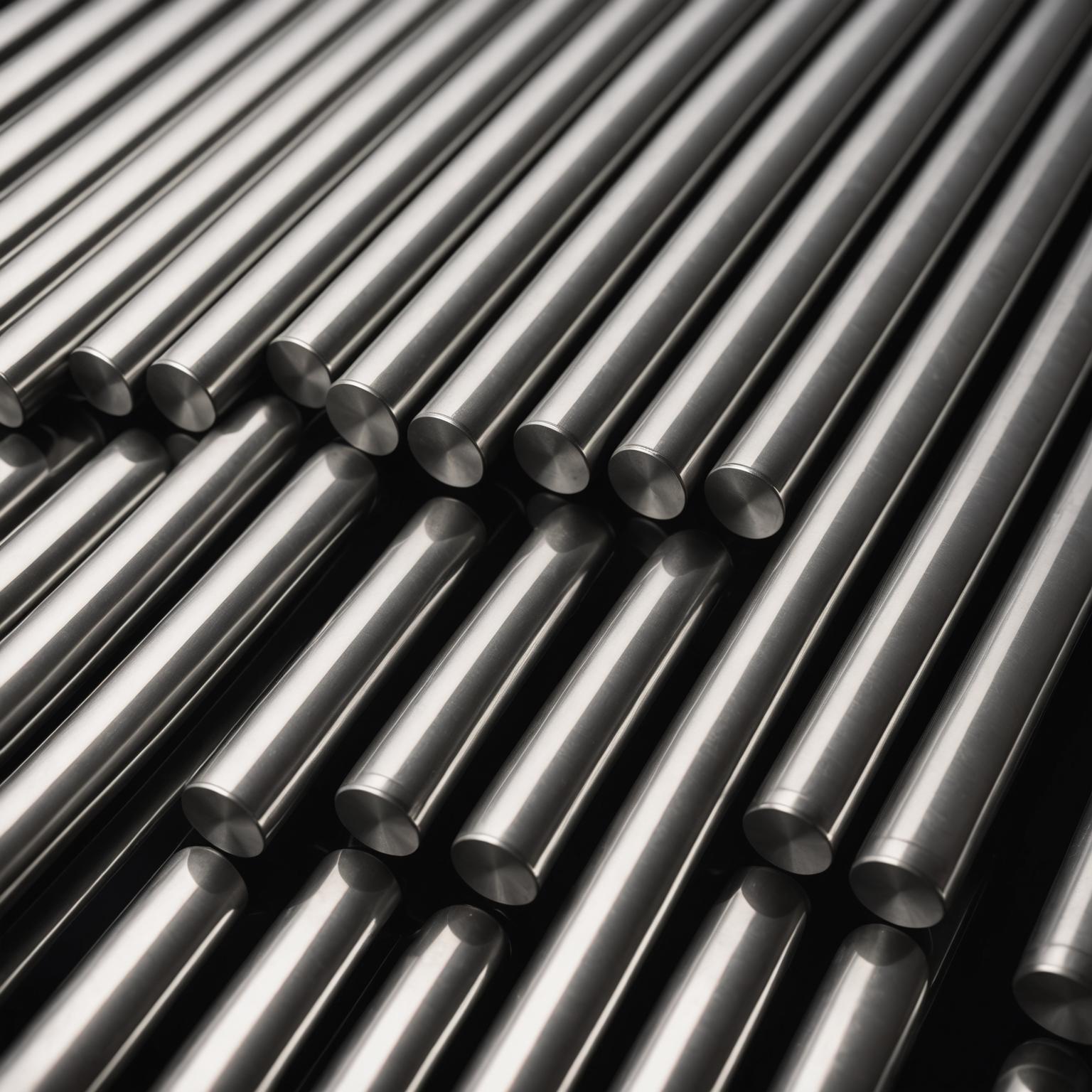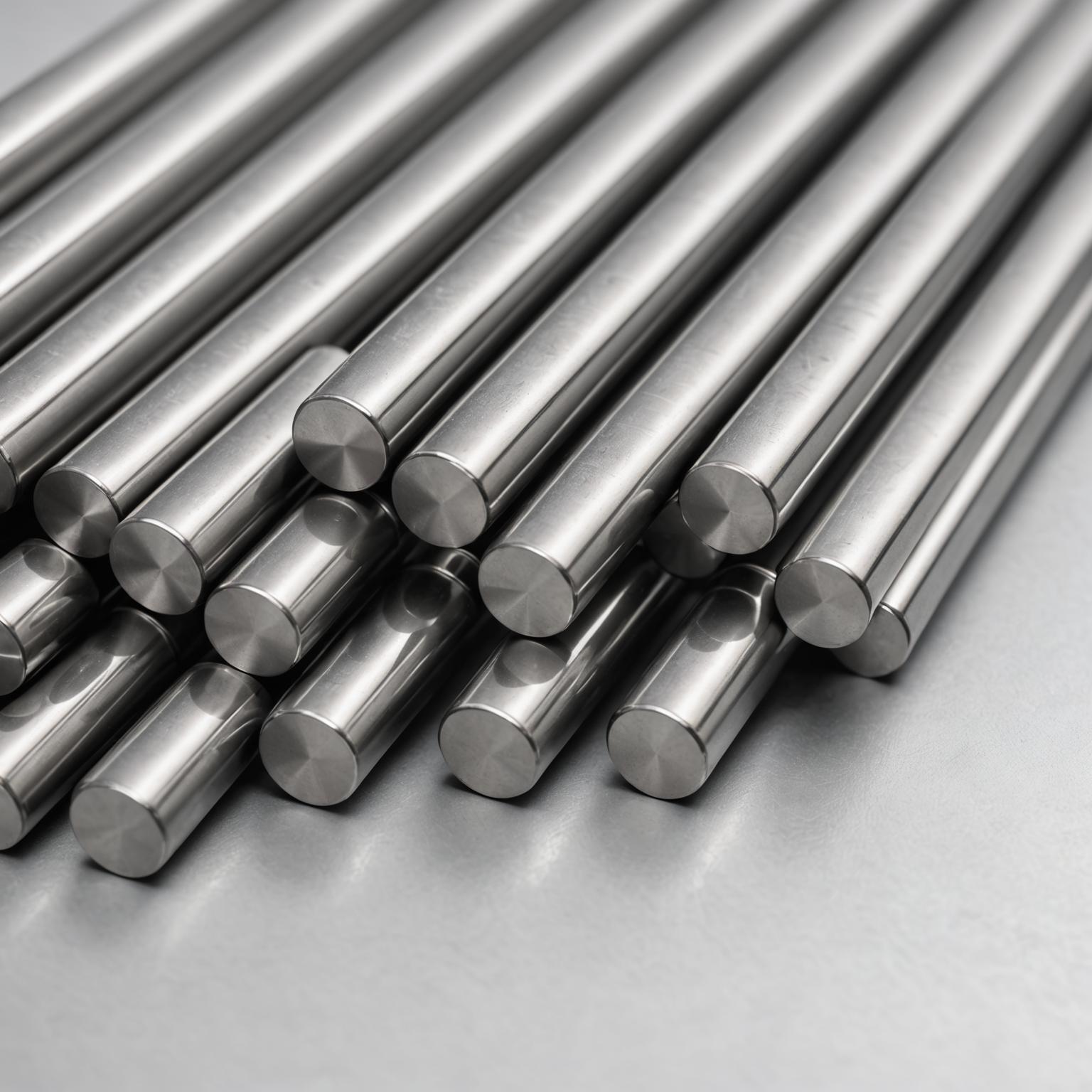Navigating the complexities of the commodity markets is a critical task for any business involved in manufacturing, construction, or design. For those relying on high-quality steel, understanding the stainless steel sheet futures price trend is not just beneficial—it's essential for strategic planning and budget forecasting. As we look ahead, stakeholders across various industries are keenly observing the indicators that will shape the market dynamics, particularly for the second half of 2025. This guide will provide a detailed breakdown of the factors influencing these prices and offer actionable strategies to help your business prepare for what's to come, ensuring you can continue to build with confidence and quality.
Factors Driving Price Fluctuations
To effectively forecast future prices, one must first understand the core elements that cause them to shift. The price of stainless steel is not a monolithic figure; it is a composite heavily influenced by the costs of its primary raw materials. Nickel is the most significant driver, known for its price volatility due to supply-demand imbalances, geopolitical events in major producing countries, and its growing use in electric vehicle batteries. Chromium and iron ore prices also play crucial roles, and their market movements must be monitored. Beyond raw materials, macroeconomic factors are powerful influencers. Global economic growth, industrial production rates, and currency exchange fluctuations directly impact demand. A booming global economy typically increases demand for stainless steel in construction and automotive sectors, pushing prices up, whereas a slowdown can have the opposite effect. Furthermore, energy costs, trade policies, tariffs, and logistical challenges can all add layers of complexity and cost to the final price of steel sheets.
Forecasting the Market for the Second Half of 2025
Predicting market movements two years out is challenging, but by analyzing current trends and expert projections, we can outline potential scenarios for the second half of 2025. One prevailing factor is the global push toward sustainability and green energy. This transition is expected to significantly increase demand for stainless steel in solar, wind, and other renewable energy infrastructure projects. If this demand outpaces the ramp-up of new production capacity, we could see upward pressure on prices. Conversely, some analysts point to new mining and refining projects for nickel and chromium that are expected to come online, potentially increasing supply and stabilizing or even lowering prices. The economic health of major economies, particularly in Asia, will also be a key determinant. A robust recovery could fuel strong demand, while any prolonged slowdown could temper market enthusiasm. Businesses should prepare for a landscape of moderate volatility in the second half of 2025, where strategic sourcing will be paramount.
How Your Business Can Strategically Prepare
A volatile market doesn't have to mean an unpredictable business outcome. Proactive preparation is key. First, re-evaluate your procurement strategy. Instead of relying solely on the spot market, consider hedging strategies or entering into long-term contracts with trusted suppliers to lock in favorable pricing. Second, optimize your inventory management. By closely monitoring the stainless steel sheet futures price trend, you can make informed decisions about when to build up stock during price dips and when to maintain a leaner inventory as prices peak. Third, and perhaps most importantly, focus on the value and quality of the materials you use. This is where investing in premium products like our Span International Steel Sheets becomes a strategic advantage. While commodity prices fluctuate, the long-term value derived from superior materials remains constant. The enhanced corrosion resistance and durability of Span International sheets mean reduced maintenance and replacement costs over the project's lifecycle, providing a better return on investment that helps insulate your budget from market swings.
Leveraging Innovation to Navigate Market Uncertainty
In a fluctuating market, shifting the focus from pure cost to overall value is a powerful strategy. Advanced materials like our UltraMax Steel Sheets offer more than just a raw commodity; they represent an investment in efficiency, performance, and aesthetics. Manufactured using state-of-the-art, eco-conscious processes, these sheets provide unmatched surface finish quality and superior tensile strength. For architects and designers, this facilitates innovative and elegant designs that are both functional and visually stunning. For manufacturers, the precision engineering of UltraMax sheets can lead to reduced waste and faster production times. Furthermore, its complete recyclability aligns with modern sustainability goals, adding another layer of value for your clients and your brand. By incorporating a high-performance material that excels in demanding sectors like aerospace, automotive, and construction, you are choosing reliability and a new standard of excellence that transcends temporary price shifts.
Conclusion: Planning for a Resilient Future
Ultimately, navigating the stainless steel sheet futures price trend requires a multifaceted approach that combines diligent market analysis with smart, strategic decisions. While no one can predict the future with absolute certainty, understanding the key drivers and planning accordingly can protect your business from volatility. As you prepare for the second half of 2025, focus on building resilience into your supply chain, managing inventory wisely, and prioritizing long-term value over short-term cost. By choosing innovative and reliable materials like UltraMax Steel Sheets, you ensure that your projects are built on a foundation of quality and durability, empowering you to achieve excellence no matter which direction the market turns.







